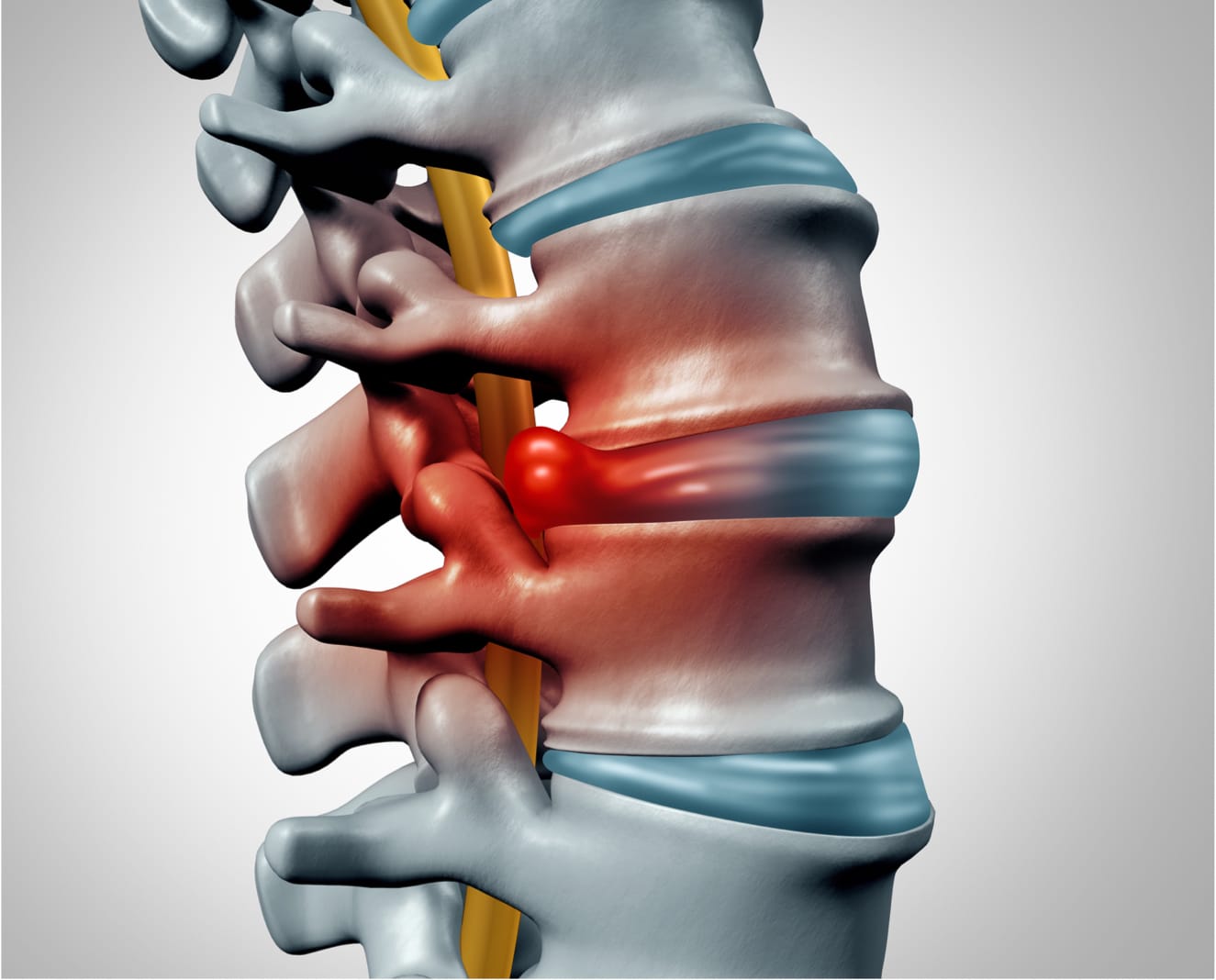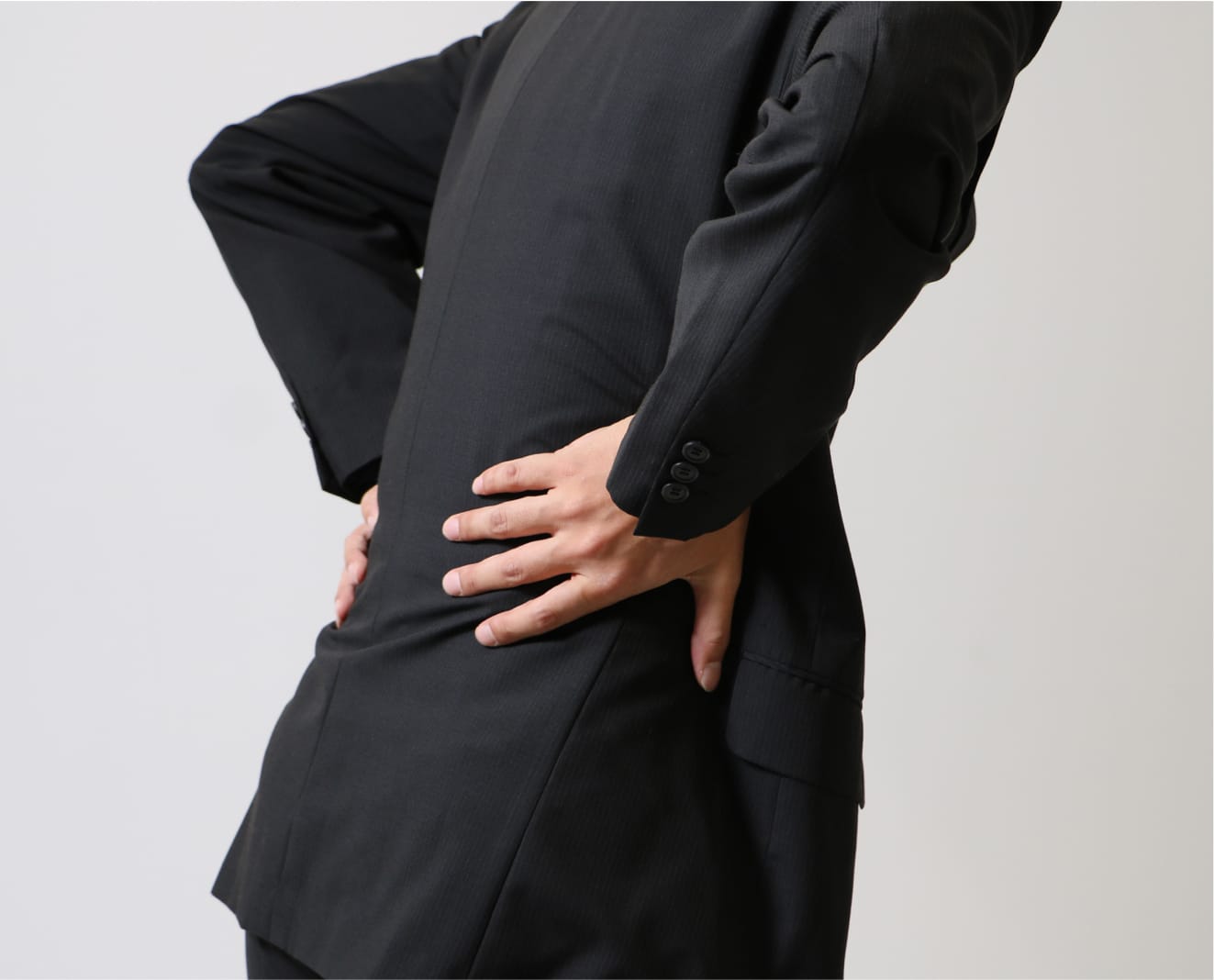The spine is a column of bones that are separated by spongy intervertebral discs. These discs prevent the bones of the spinal column from grinding against one another by acting as shock absorbers and allow the spine to move. Each disc is made up of annulus fibrosus, which is a strong outer ring of fibers and a soft, gel-like center called the nucleus pulposus.
Herniated discs occur when the strong fibers of the annulus tear or rupture and the gel-like center migrates or pushes out of its normal position and into the limited space of the spinal canal. The displaced disc may exert pressure on the spinal cord or compress nearby spinal nerves. In addition, chemical irritants with the disc material are released that can cause nerve inflammation and pain. Herniated discs are more likely to be found in the neck or lower back but can occur in any area of the spine. Fortunately, Dr. Stieber's NYC herniated disc surgery can treat these symptoms and problems.
When a herniated disc presses on a nerve, you may experience pain, numbness, and/or weakness of the affected area. In contrast, for those patients without significant nerve compression, mild pain or discomfort may be the only symptom. The location and severity of the herniated disc usually dictate the symptoms.

In New York, herniated disc surgery is most commonly performed on a wide age range of adults and frequently caused by age-related wear and tear or acute spinal injuries. Spinal discs can naturally dry out with age, losing resiliency and strength. This can make them more likely to tear or rupture.
Additional factors that can increase the risk for disc herniation include:

Most disc herniations do not require herniated disc surgery. The condition often resolves within four to six months. In the meantime, there are many non-surgical treatments that can help relieve symptoms including:

• Medications, such as anti-inflammatory medications to reduce swelling and pain, muscle relaxants to calm spasms, and narcotics to alleviate acute pain.
• Epidural corticosteroid injection(s) may help relieve significant radiating pain in the arm or leg.
• Physical therapy, which may include massage, stretching, therapeutic exercise, bracing, or traction to decrease pain and increase function
For those patients that do not need herniated disc surgery in New York, you will find our outpatient non-surgical microdiscectomy has a multitude of benefits. Click here to learn more.
The following steps can help keep your spine healthy and reduce your chances of experiencing back pain in the future:

Strengthening your back and abdominal muscles can prevent and support the spine.
Reduce pressure on your spine and discs by keeping your back in a healthy alignment. Pay close attention to your posture when sitting down. Lift heavy objects with your legs, not your back.
Another risk for herniation can be linked to being overweight, which places additional pressure on your spine and discs.
© Stieber MD. All Rights Reserved. Designed & Developed by Studio III
Alternate Phone: (212) 883-8868